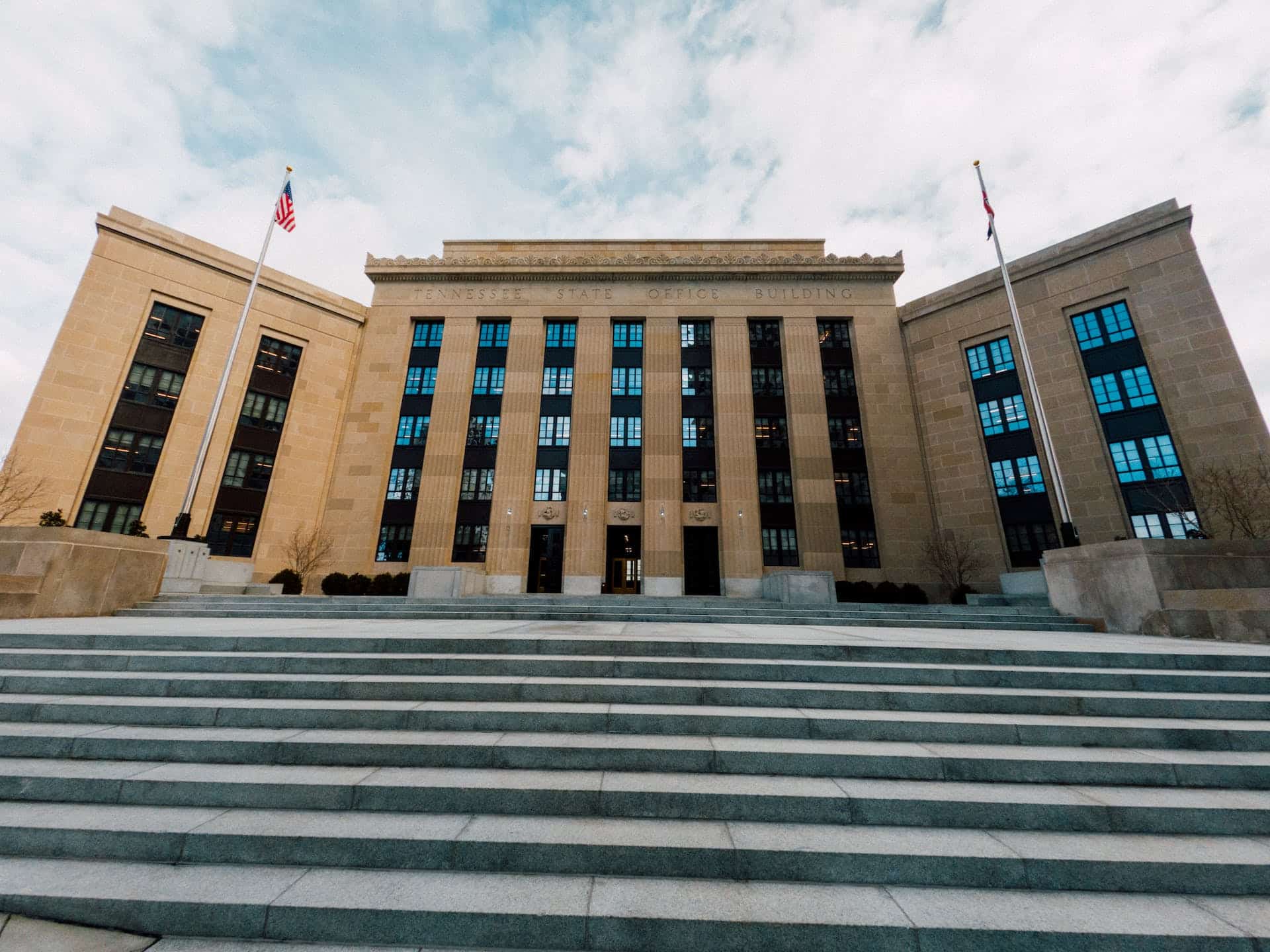Economic developments in the US

The U.S. economy staved off recession last year to become the world’s number one growing economy. For 2024, experts expect a soft landing for the U.S. economy, with a possible mild recession. 76% of global economists surveyed estimate that the chances of a U.S. recession for the next 12 months are at most 50% or lower. According to LendingTree, of Charlotte, North Carolina, (an online lender) about 34% of consumers went into debt this Christmas, compared to 35% for the same period in 2022. The average American’s Christmas holiday spending was $1,028, compared to $1,549 from the same period last year. The value with the most recent Christmas holiday is therefore the lowest since 2017. For more than 1/3 of those in debt, the interest rate on their debt is above 20%. Total card debt has surpassed the $1 trillion mark.
Wall Street Journal analyst Dion Rabouin described the most important details for investors regarding the latest GDP news in the US. U.S. gross domestic product rose 3.3% from a year earlier on strong consumer spending. GDP was expected to grow by 2%. The US economy gathered momentum during the year and was given an unexpected boost by increased spending by the American people.
The US labour market has recorded job growth for more than 35 months in a row. However, the pace of job creation has been declining for two years. For example, in the spring of 2022, there were around 12 million job openings in the US; by the end of 2023, there were just under 9 million. Employers are not resorting to massive layoffs after the experience of the Covid-19 pandemic, even in anticipation of weaker economic growth. But it will depend on how severe the slowdown in US economic growth is.

The prevailing belief in the markets is that it is not only the US economy that is experiencing a so-called soft landing, i.e. that it has managed to tame inflation without a rise in unemployment and a dramatic slowdown in economic expansion and the economy falling into recession. Inflation in the US is currently hovering around 3%. However, the Fed’s inflation target is 2%. A number of economists point out that it is at the target level where the most energy will be needed to definitively defeat the rapid rise in consumer prices. In June 2022, the inflation rate in the United States climbed to 9.1%, the highest in more than 40 years. Already in March 2022, the Fed started raising interest rates to bring inflation under control. Since then, the central bank’s key interest rate has risen by more than five percentage points. The last time the Fed raised rates was in July 2023. The key interest rate is now in the 5.25%-5.50% range, the highest level since 2001. The market expects that the Fed could cut rates for the first time as early as the first quarter of this year, and according to data from the stock exchange CME (Central European Media Enterprises ), the US base rate should be in the 3.75-4.00% range at the end of this year.
A key factor in the US economy is the health of US consumers. Indeed, consumer spending in the US accounts for more than two-thirds of total economic activity. On the positive side, unemployment remains low and wages continue to increase at a relatively high rate. The Conference Board’s consumer confidence index rose from 101 to 110.7 points in December, reaching a five-month high.
One of the big themes of the past three years has been the high margins of US companies. When inflation began to rise in 2021, analysts warned that this would negatively impact profit margins and therefore company earnings. However, the opposite happened, with companies passing on higher costs to end customers, often even raising prices at a rate above inflation. This year in particular, the evolution of interest rates, the cost of managing debt, will be an important factor in this area, reducing the scope for significant price increases and inflation.